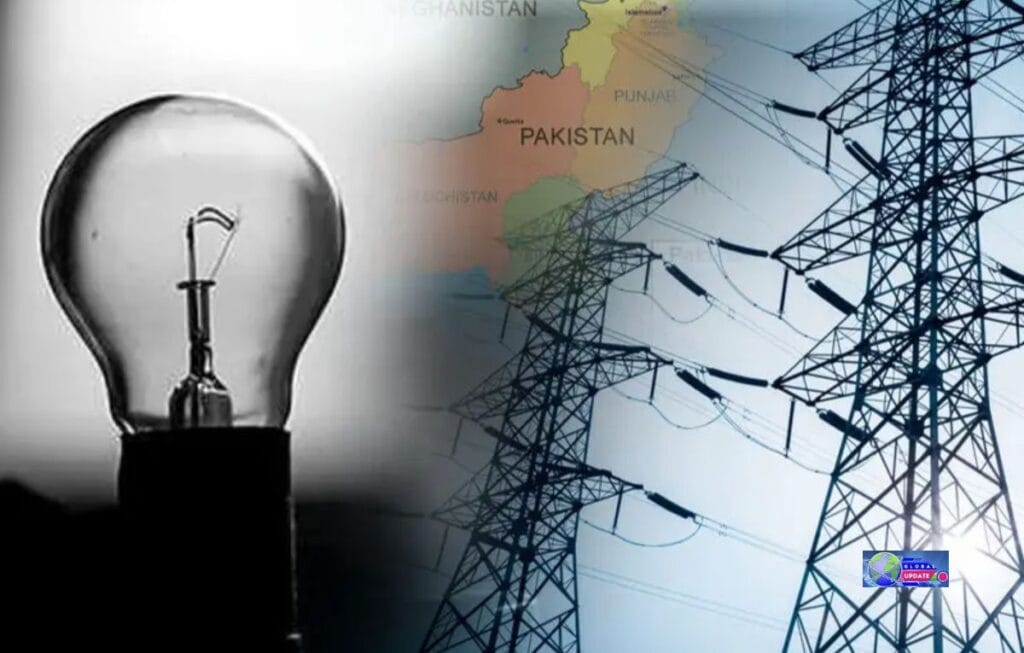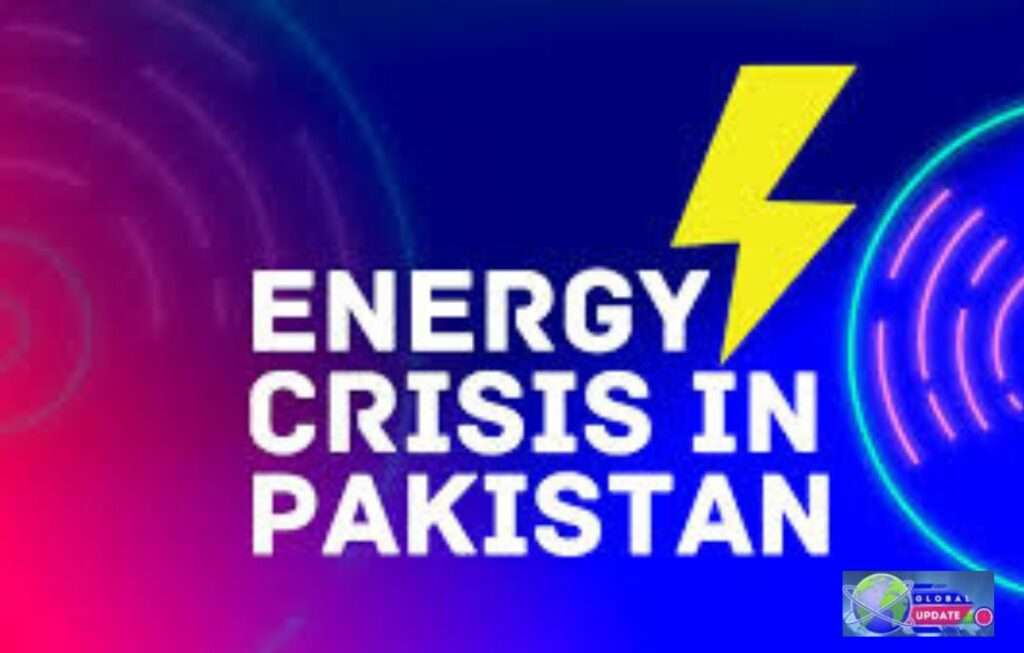Overview
Pakistan has faced a persistent electricity crisis for decades, which has significantly impacted its economic growth and quality of life.
The crisis is characterized by frequent power outages, load shedding, and an inability to meet the growing electricity demand.
This situation has complex causes, including inefficiencies in the energy sector, insufficient infrastructure, financial constraints, and political challenges.

Persistent Electricity Crisis in Pakistan: Causes and Impact
- Energy Mix and Dependency:
- Pakistan’s energy mix relies heavily on imported fossil fuels, particularly oil and natural gas. This dependency makes the country vulnerable to fluctuations in the global oil price.
- Hydropower, though a significant part of the energy mix, suffers from seasonal variability and is affected by water availability.
- Infrastructure Deficiencies:
- Outdated and poorly maintained transmission and distribution networks lead to substantial energy losses, estimated at around 20-25%.
- Inadequate investment in energy infrastructure has prevented the expansion needed to meet growing demand.
- Financial Issues:
- Circular debt in the energy sector, where power producers are owed large sums by distribution companies, which in turn are owed by consumers, exacerbates the crisis. This debt cycle hampers the ability to invest in new projects and maintain existing ones.
- Tariff structures often fail to accurately reflect the cost of production, resulting in revenue shortfalls.
- Political and Governance Challenges:
- Inconsistent energy policies and frequent changes in government have led to a lack of long-term planning.
- Corruption and mismanagement within the sector further aggravate the crisis.
Impacts
- Economic Impact:
- Frequent power outages disrupt industrial activities, reducing productivity and increasing operational costs.
- Small and medium enterprises (SMEs), which form the backbone of Pakistan’s economy, are particularly hard-hit by the unreliable power supply.
- Social Impact:
- Households face prolonged power cuts, affecting daily life and comfort.
- The health sector suffers, with hospitals and clinics unable to provide continuous services due to power shortages.
- Environmental Impact:
- The reliance on thermal power plants, particularly those using oil and coal, contributes to environmental pollution and greenhouse gas emissions.
Solutions and Efforts
- Diversification of Energy Sources:
- Increasing the share of renewable energy (solar, wind, and biomass) to reduce dependence on imported fuels.
- Developing more hydropower projects to utilize Pakistan’s significant water resources.
- Infrastructure Investment:
- Modernizing and expanding the transmission and distribution network to reduce technical losses.
- Investing in innovative grid technologies to improve efficiency and reliability.
- Financial Reforms:
- Implementing tariff reforms to ensure that electricity prices reflect production costs and help reduce circular debt.
- Improving the financial health of power sector entities to attract private and foreign investment.
- Governance and Policy Improvements:
- Establishing a consistent and long-term energy policy framework.
- Enhancing transparency and reducing corruption through better regulatory oversight and accountability mechanisms.
- Demand Management:
- Promoting energy conservation and efficiency measures to reduce overall demand.
- Implementing public awareness campaigns to encourage responsible energy use.
Controlling the Electricity Crisis in Pakistan
Addressing Pakistan’s electricity crisis requires a comprehensive and multifaceted approach. Here are several strategies that can be employed to control and ultimately resolve the crisis:
1. Diversification of Energy Sources
- Renewable Energy: Increase the share of renewable energy in the energy mix by investing in solar, wind, and biomass projects. The potential for solar and wind energy in Pakistan is substantial and can provide a reliable and sustainable energy supply.
- Hydropower Projects: Develop new hydropower projects and optimize the performance of existing ones. Given Pakistan’s significant water resources, hydropower can be a crucial part of the energy solution.
- Nuclear Energy: Expand nuclear energy capacity, which can provide a steady and substantial power supply with low greenhouse gas emissions.
2. Infrastructure Improvement
- Upgrading Transmission and Distribution Networks: Invest in modernizing the transmission and distribution infrastructure to reduce technical losses and improve reliability. Smart grid technologies can enhance efficiency and manage electricity more effectively.
- Reducing Technical and Non-Technical Losses: Implement measures to reduce both technical losses (e.g., power losses due to outdated infrastructure) and non-technical losses (e.g., theft and billing issues).
3. Financial Reforms
- Tariff Reforms: Adjust electricity tariffs to reflect the true cost of production and distribution. This will help improve the financial viability of the energy sector and reduce the circular debt problem.
- Circular Debt Management: Address the circular debt issue by ensuring timely payments from consumers to distribution companies and from distribution companies to power producers.
4. Policy and Governance Improvements
- Consistent Energy Policies: Develop and implement a long-term, consistent energy policy that remains stable despite changes in government. This will provide a clear direction for investors and stakeholders.
- Regulatory Oversight: Strengthen regulatory frameworks to ensure transparency, reduce corruption, and improve accountability in the energy sector.
- Public-Private Partnerships: Encourage public-private partnerships to attract investment and expertise in energy projects.
5. Demand-Side Management
- Energy Efficiency: Promote energy efficiency measures in industries, commercial buildings, and households. This includes using energy-efficient appliances, better insulation, and energy-saving practices.
- Public Awareness Campaigns: Educate the public about the importance of energy conservation and the ways they can reduce their electricity consumption.
6. Alternative Solutions
- Distributed Generation: Encourage distributed generation systems, such as rooftop solar panels, to reduce the load on the central grid and provide localized power solutions.
- Energy Storage: Invest in energy storage technologies like batteries to manage supply and demand fluctuations and ensure a reliable power supply during peak times.
7. International Cooperation and Investment
- Foreign Direct Investment: Attract foreign direct investment (FDI) in the energy sector by providing incentives and ensuring a stable investment climate.
- International Aid and Partnerships: Leverage international aid and partnerships with countries and organizations that have expertise in energy management and infrastructure development.
Conclusion
The electricity crisis in Pakistan is a multifaceted issue requiring a holistic approach. Addressing it demands concerted efforts from the government, private sector, and international partners.
By diversifying energy sources, improving infrastructure, implementing financial reforms, and enhancing governance, Pakistan can move towards a more stable and sustainable energy future.
Controlling the electricity crisis in Pakistan is a complex challenge that requires a coordinated and sustained effort from all stakeholders.
By diversifying energy sources, improving infrastructure, implementing financial reforms, enhancing policy and governance, managing demand, and fostering international cooperation, Pakistan can achieve a more reliable, efficient, and sustainable energy future.
Keep on Reading:
- The Peak of Military Ranks: Field Marshal
- Celebrities share heartwarming posts to celebrate Father’s Day



